


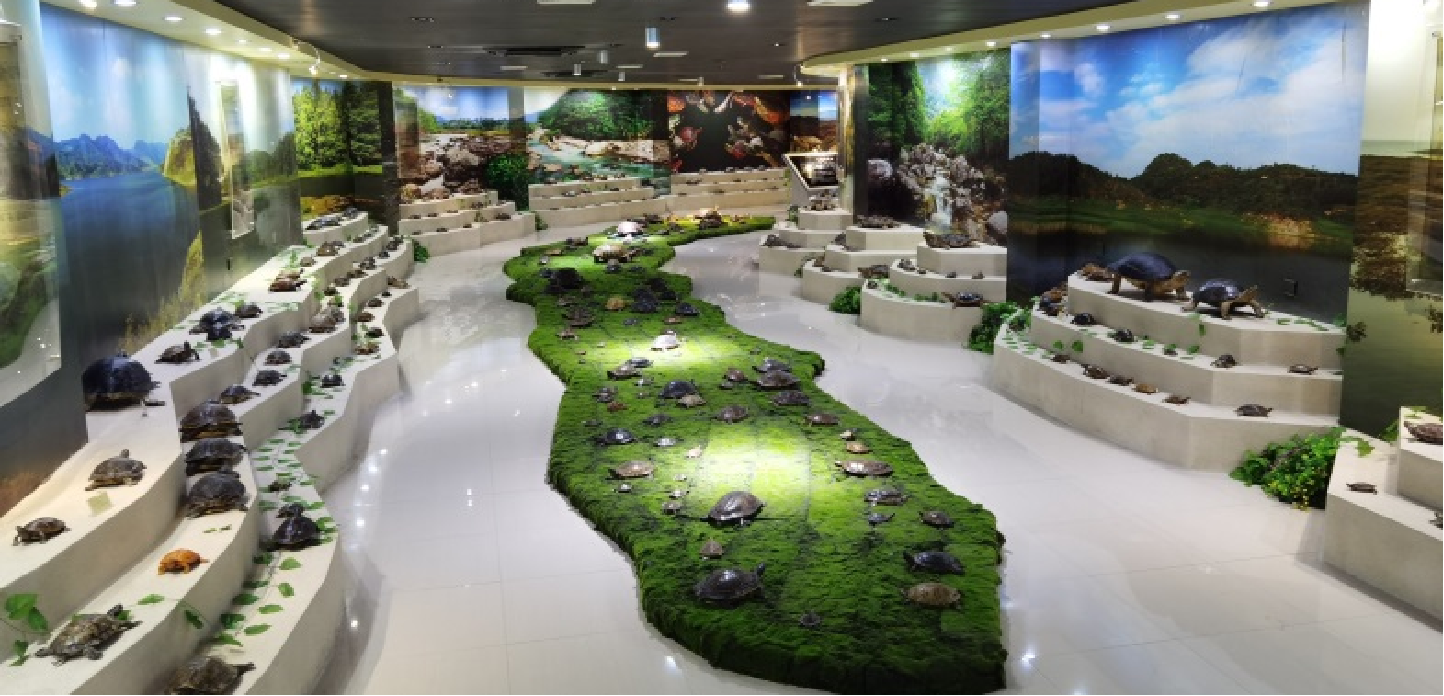
Hainan Biodiversity Science and Technology Museum

The museum was jointly founded by the Hainan Provincial People's Government and Hainan Normal University in 2002 to promote biodiversity conservation as the theme, open to the public free of charge, it is a science and technology education base and the first natural science museum in Hainan Province that integrates science and fun.
The exhibition hall covers an area of about 7200m², with more than 11,890 exhibits valued at about 300 million yuan, and has received more than 800,000 visitors. It is an important publicity window for biodiversity conservation in Hainan Province, and plays an important role in the construction of Hainan's ecological civilization, the construction of the international tourism island and the construction of the free trade zone.
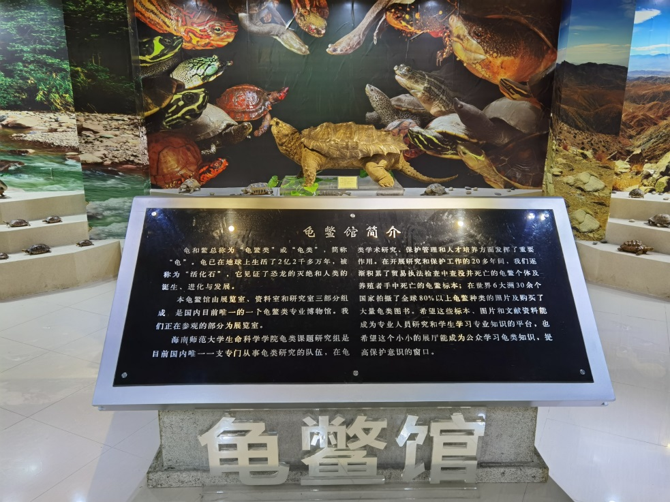
The museum mainly displays the evolution of the word turtle, the culture and medicinal value of turtles, fossil specimens of turtles, and the evolution of turtle animals, etc. The exhibition halls are divided into aquatic, terrestrial and marine. The exhibition halls are arranged according to different habitats, such as aquatic and terrestrial, and convey the ecological knowledge about the morphology, structure, body colour and habitat adaptation of turtles and soft-shelled turtles. The exhibition also uses a mirror image to simulate the laying of eggs by sea turtles, demonstrating the habit of laying eggs collectively on the shore of the sea turtles.
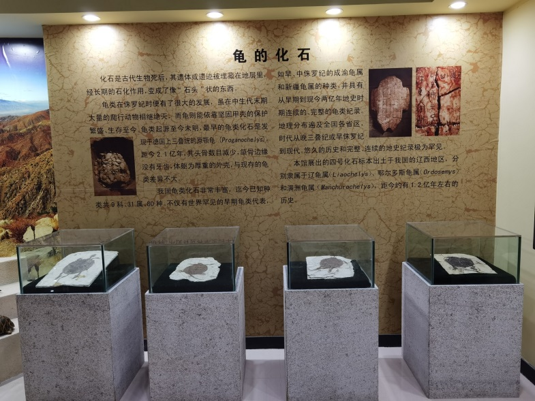
Figure 1 Fossil turtle
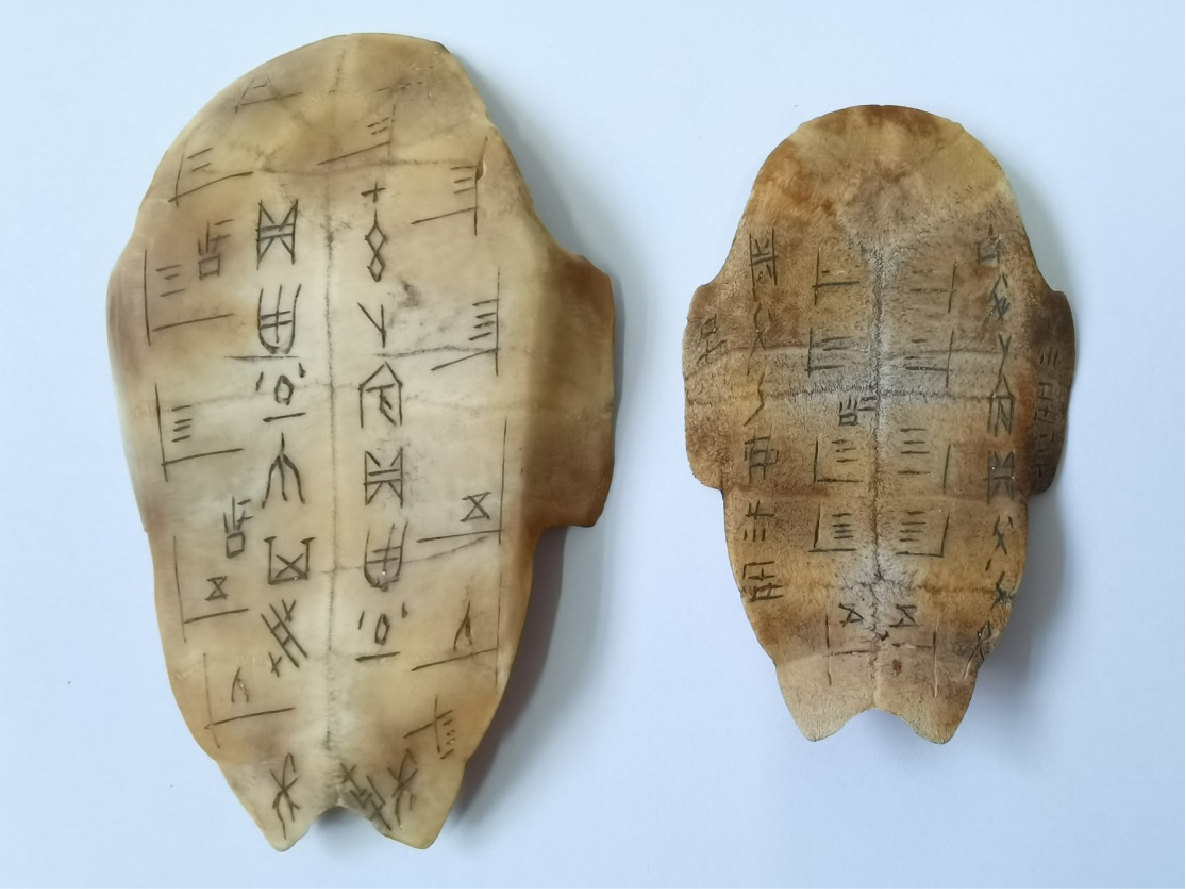
Figure 2 Turtle culture - turtle's plastron inscribed with oracle bone inscriptions
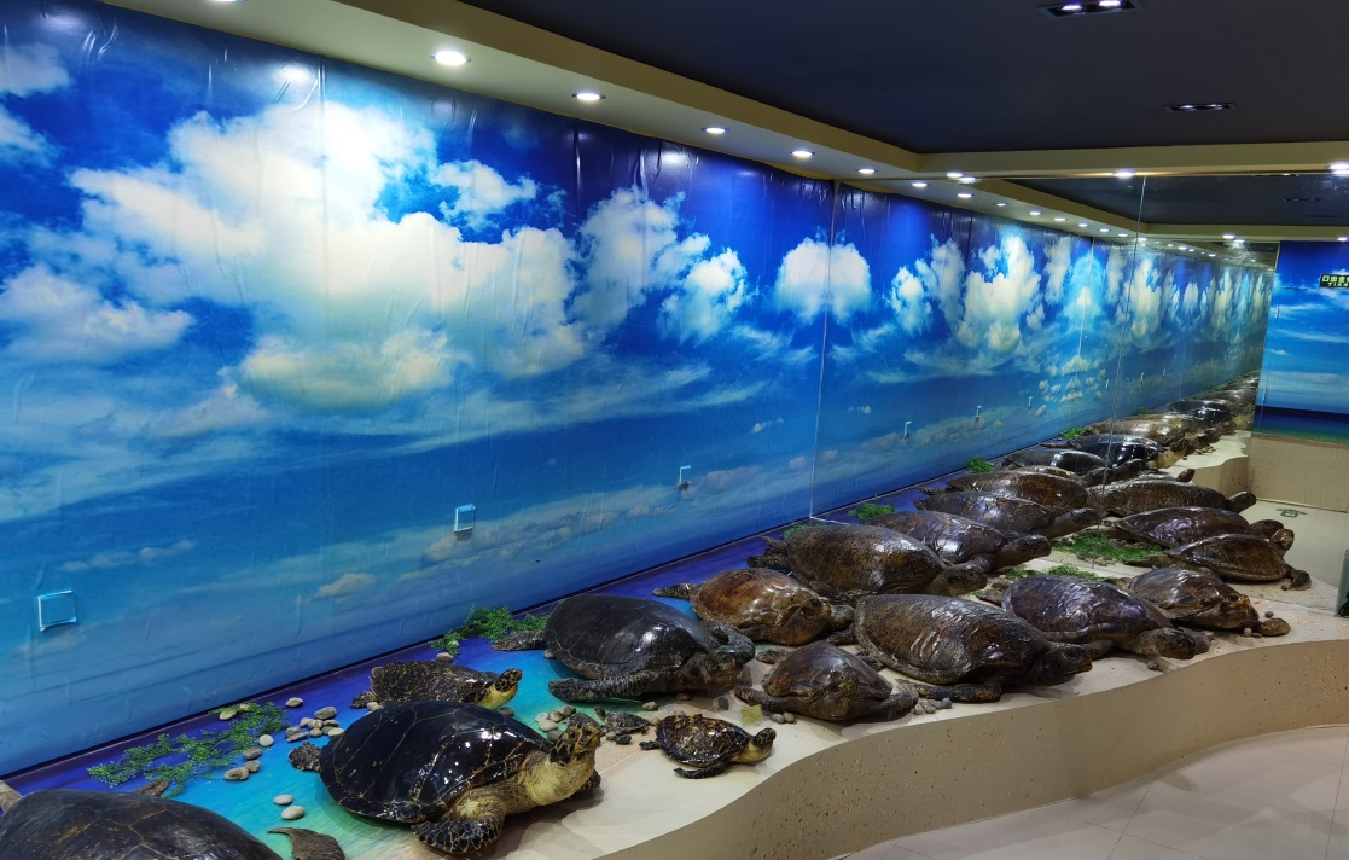
Figure 3 Mirror image simulation of sea turtle laying eggs
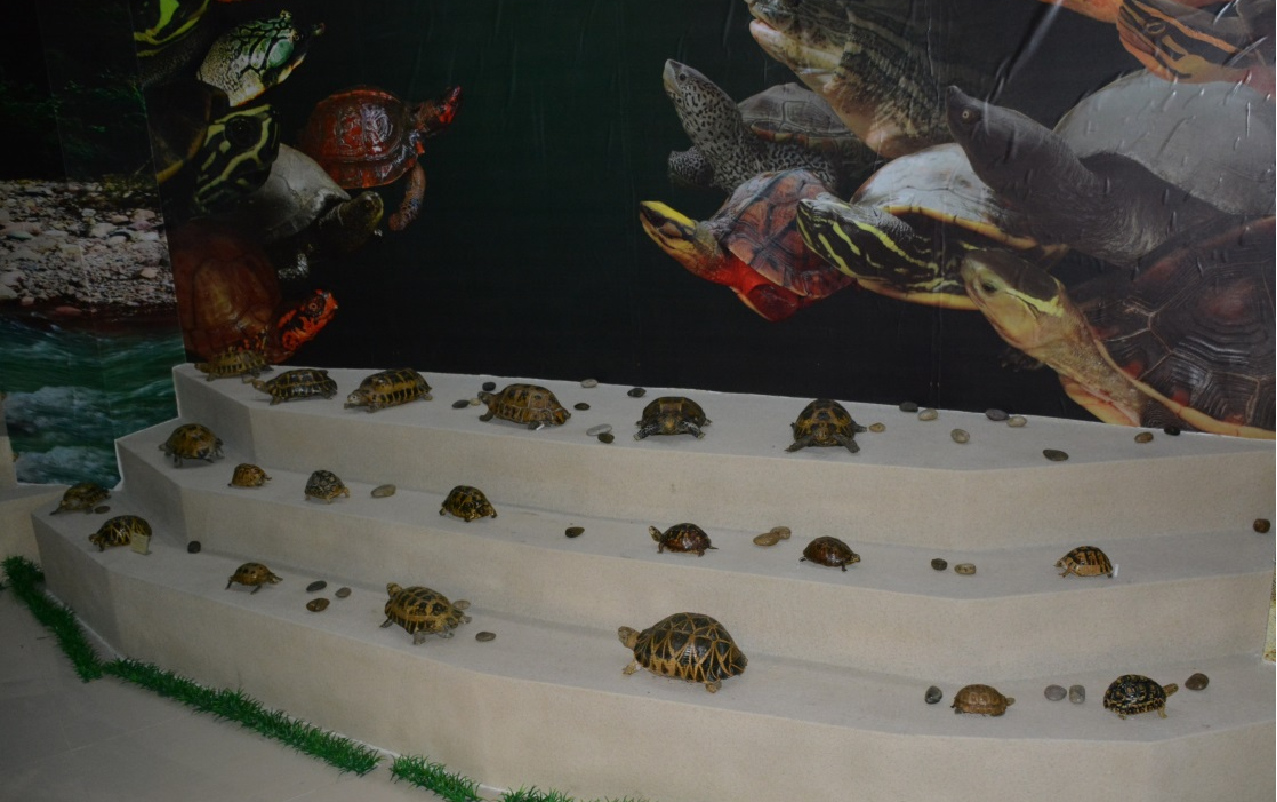
Fig. 4 Turtle Museum - Turtle Specimen Exhibition Area
Biodiversity Exhibition Hall: Specimens of mollusks, insects, amphibious reptiles, birds, mammals, etc. are arranged according to the evolutionary process of organisms from low to high and from simple to complex to promote the necessity and significance of protecting biodiversity.
Marine Animal Biodiversity Exhibition Hall: The collection includes specimens of marine mammals such as Tilapia whales, dugongs (mermaids), fur seals, seals, small sardines, dolphins and other marine mammals, and it mainly focuses on popularising the protection of marine mammals and publicising the conservation of marine mammals.
Giant Clam Pavilion Exhibition Hall: The collection of giant clams is more than 9,400 pieces, and the science popularisation and publicity of marine mollusc protection.
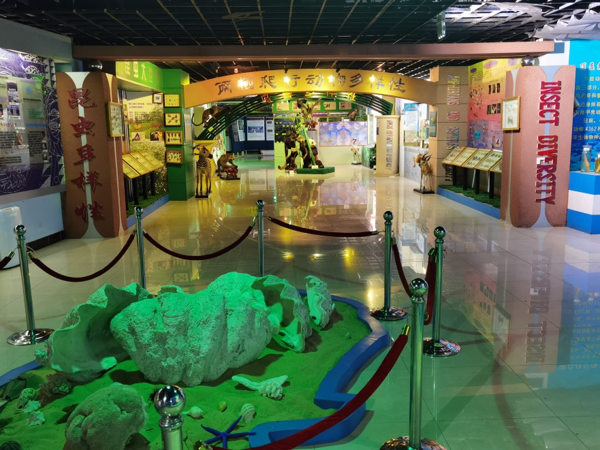
Figure 5 Biodiversity Exhibition Hall
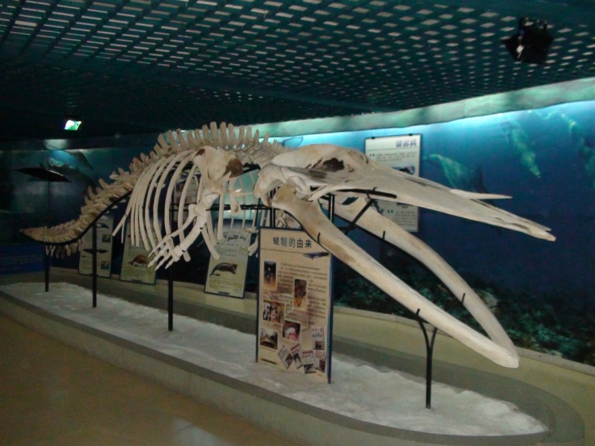
Figure 6 Anchovy whale skeleton specimen
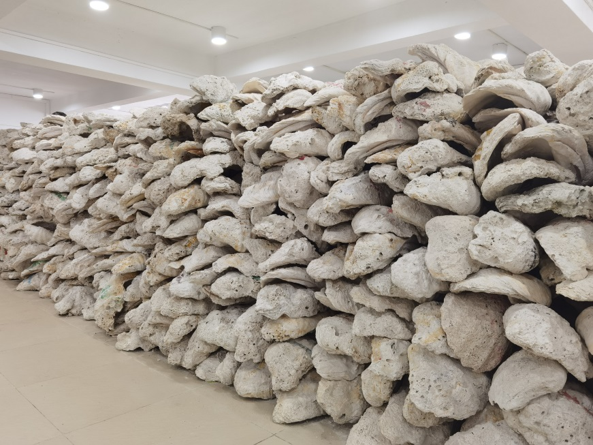
Figure 7 Giant clam specimen
We carried out science training: "Taking care of our home", "Green Education Action Plan for Primary and Secondary School Teachers in Wuzhishan Area", "Habitat Protection and Community Co-construction of the Hainan Bawangling Gibbon", "Species Monitoring and Environmental Education Training in Hainan Jianfengling Nature Reserve", and other thematic science and technology training.
The team also held the activities such as "Science and Technology Activity Month", "Bird Protection Week", "Environment Day", "Ocean Day" and so on. The public is educated to cherish and care for nature and protect the ecological environment through innovative practices with rich contents and diverse forms.
We launched dozens of publicity exhibitions on popular science knowledge on the themes of dengue fever, typhoon, Ebola virus, Middle East Respiratory Syndrome, the Paris Agreement, the Wildlife Protection Act, the COVID and other social hotspots. This attracted widespread attention and was recognized and commended by the Department of Science and Technology of Hainan Province.
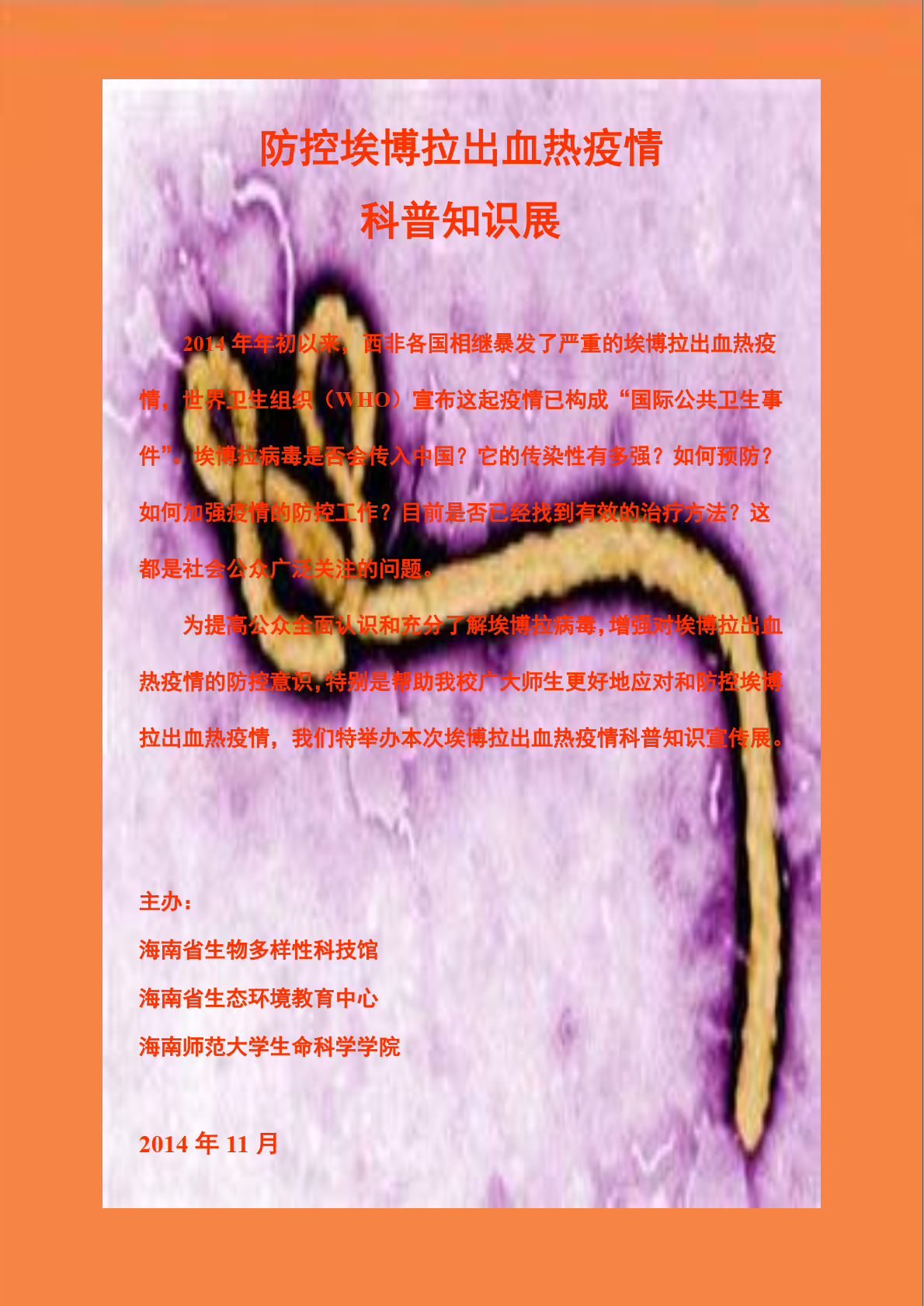

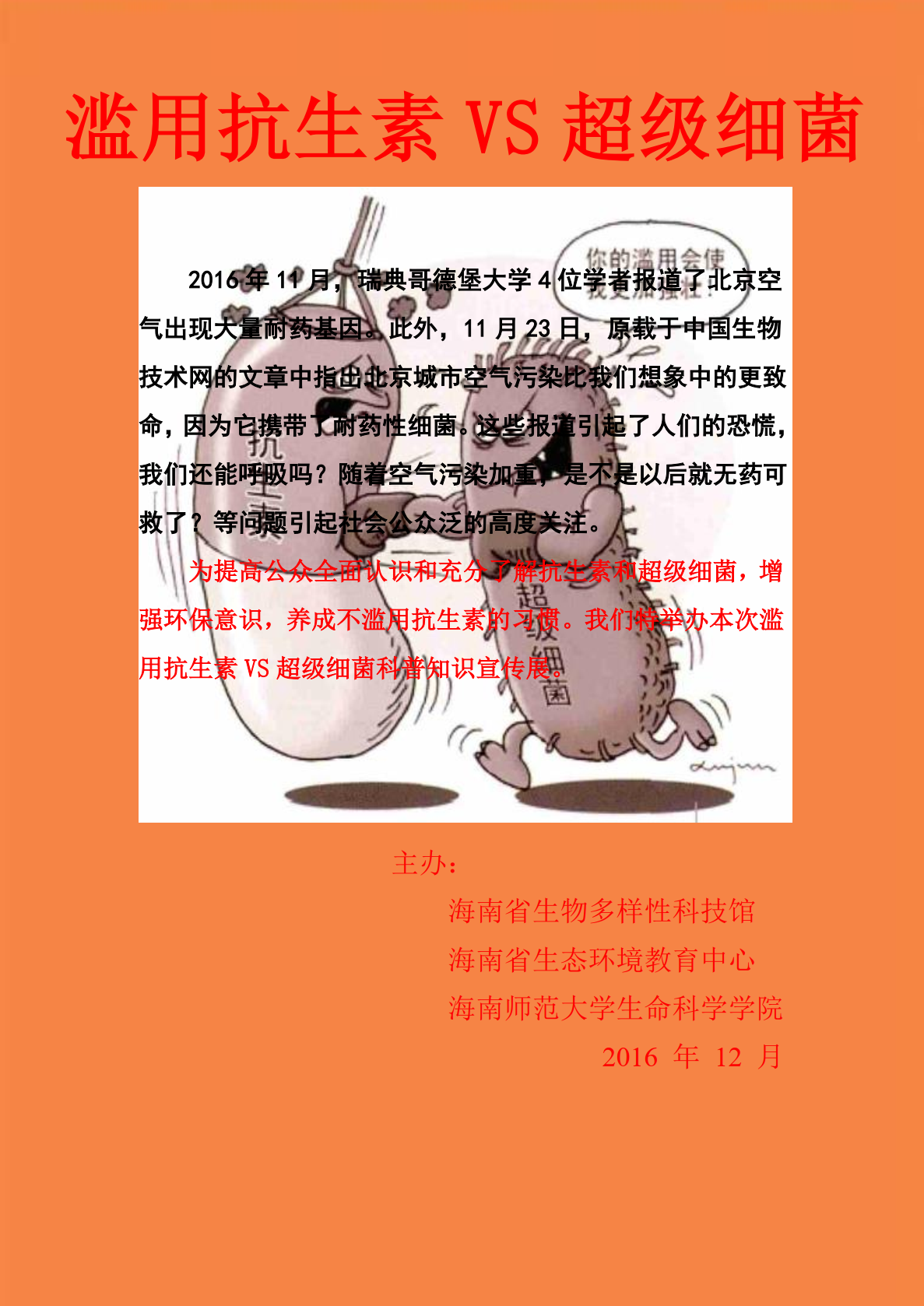
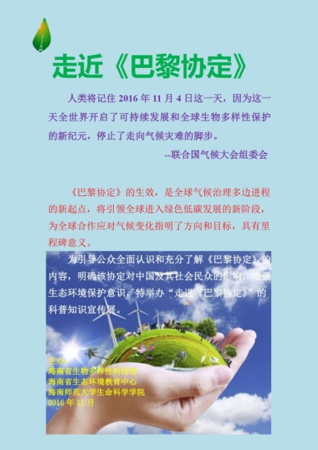
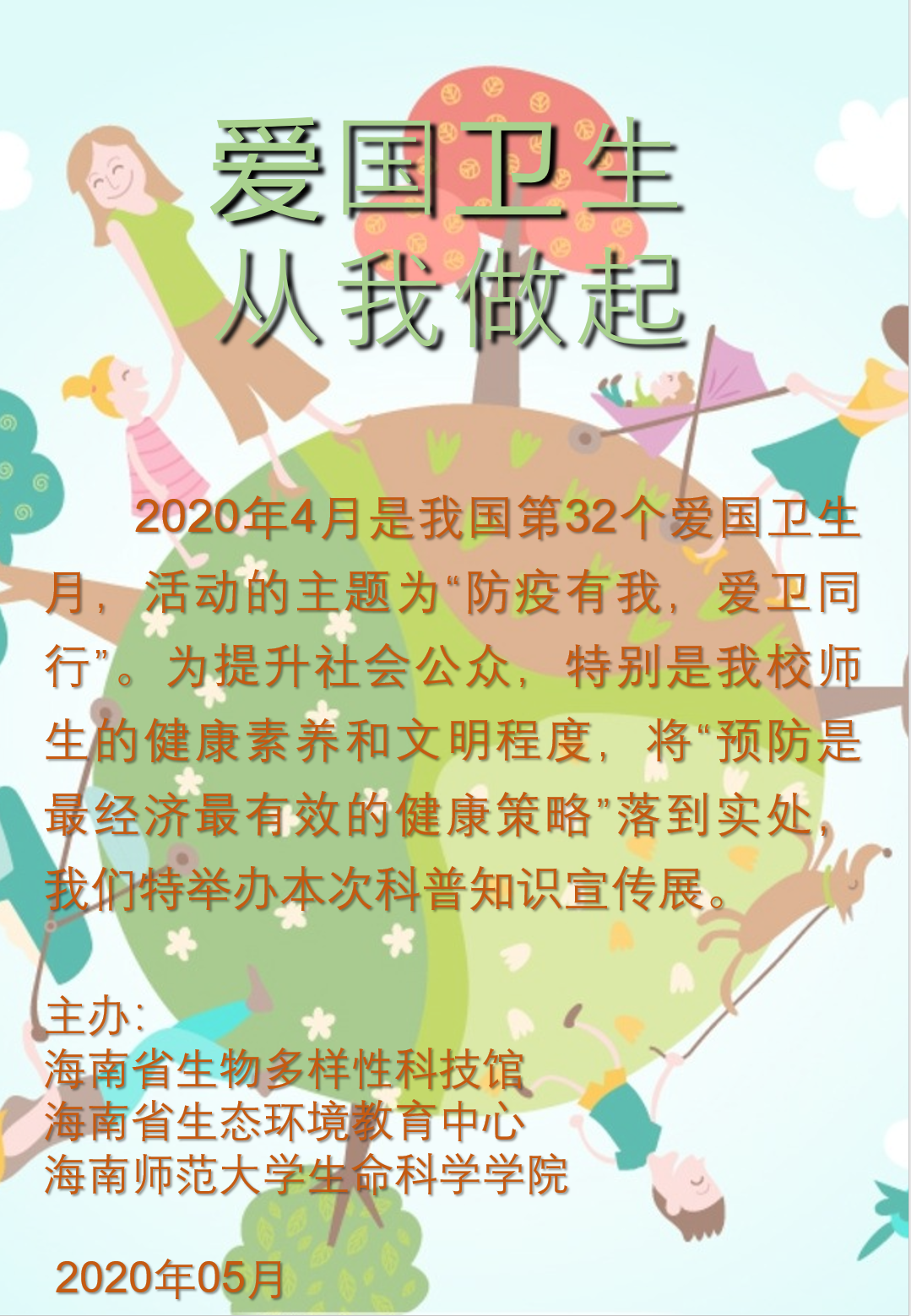

In 2002, the museum was awarded "National Youth Science and Technology Education Base" by the Ministry of Science and Technology, the Central Propaganda Department, the Ministry of Education and the China Association for Science and Technology.
In 2003, the museum was awarded as "Science and Technology Education Base for Youth in Hainan Province" by the Science and Technology Department of Hainan Province, the Propaganda Department of Hainan Province, the Education Department of Hainan Province and the Provincial Association for Science and Technology.
In 2005, the museum was awarded "National Advanced Unit of Spiritual Civilzsation Construction" by the Central Spiritual Civilization Construction Steering Committee.
In 2009, the museumt was awarded the title of "Biodiversity Science and Technology Museum of Hainan Province" by the Department of Science and Technology of Hainan Province.
In 2020, the museum was awarded "National Advanced Collective for Popularization of Science" by the Ministry of Science and Technology of the People's Republic of China, the Propaganda Department of the Central Committee of the Communist Party of China, and the China Association for Science and Technology.
In 2022, the museum was awarded as the national practice teaching base of "Great Ideology and Politics Course" by the Ministry of Education of the People's Republic of China.
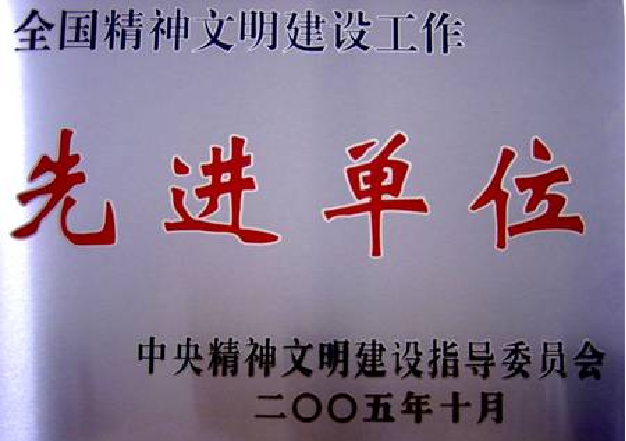
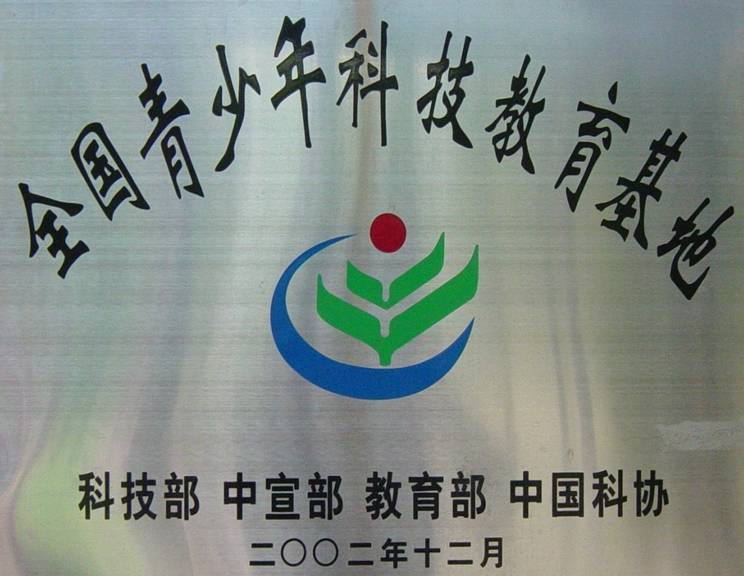
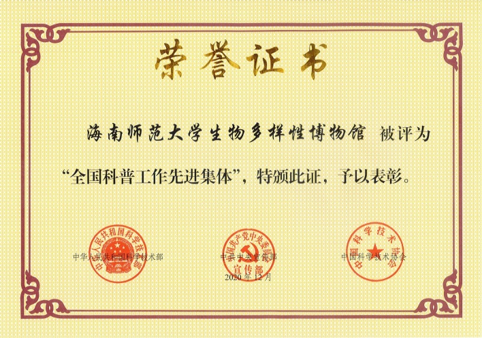
Volunteers of the museum actively participate in science popularization activities, and have won many awards in the National Science Popularization Lecture Competition.
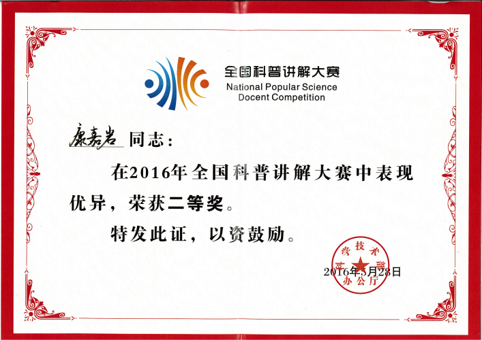
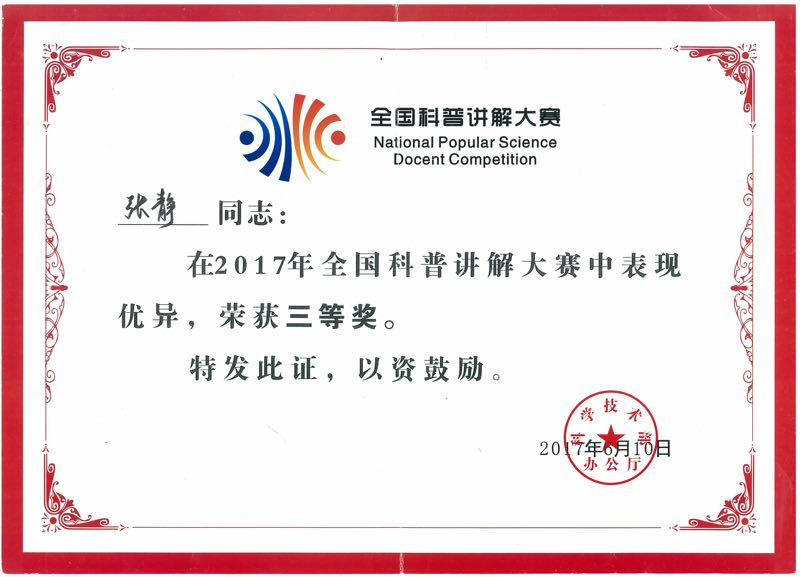
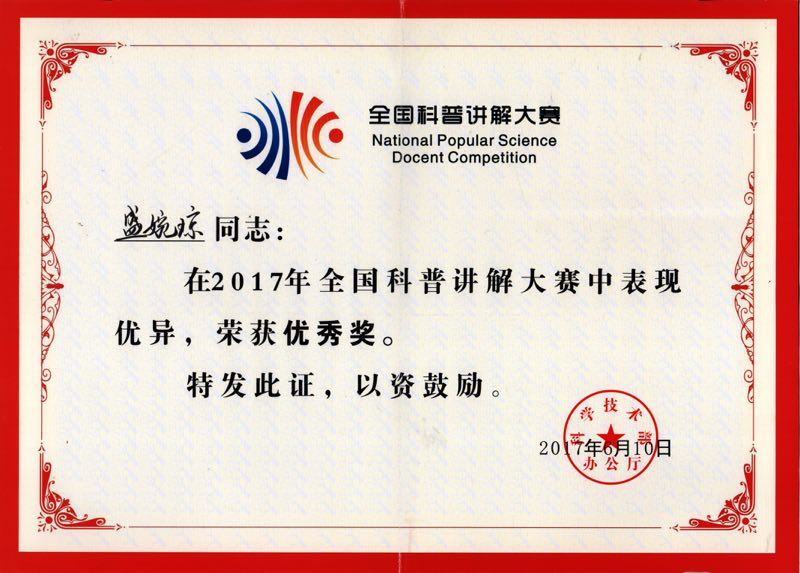
The museum has received national leaders Shao Hong, Du Qinglin; former Minister of Education Yuan Guiren; IUCN Council Chairman Zhang Xinsheng; Princess Sirindhorn of the Kingdom of Thailand; academicians such as Sun Ruyin, Zhao Ermi and Wei Fowen; international colleagues such as Franck Bonin and Bernard Devaux; leaders of nearly a hundred colleges and universities, such as Peking University and Tsinghua University; leaders of Hainan Province; leaders of forestry bureaus, protected areas and other related areas across the country. It has attracted more than 800,000 visitors, including leaders and staff of the Forestry Bureau and protected areas, the general public, and students from schools and colleges. It has produced strong repercussions and is fully affirmed by all walks of life, and is regarded as a first-class museum among national universities.
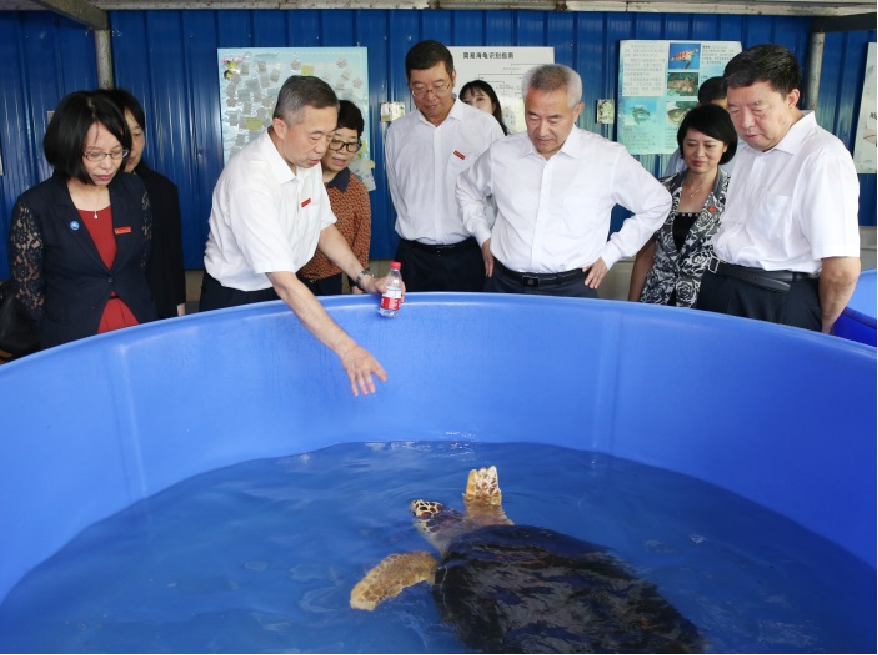
Figure 1 Vice Chairman of the National Committee of the Chinese People's Political Consultative Conference, Comrade Shao Hong (third from the right), visits
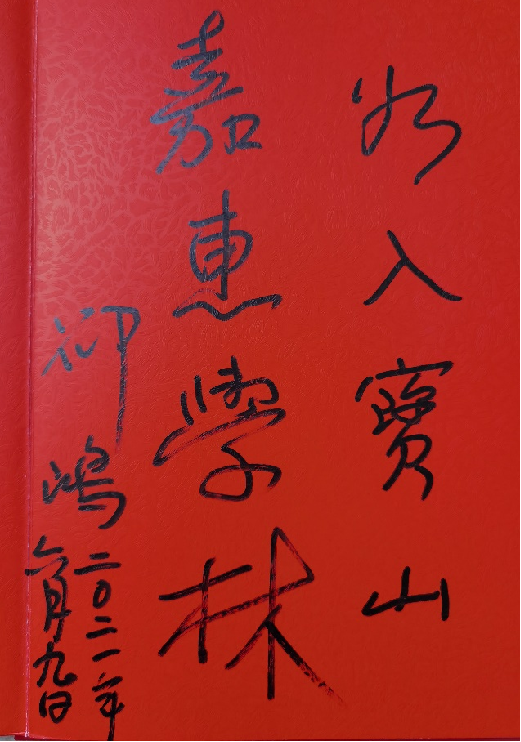
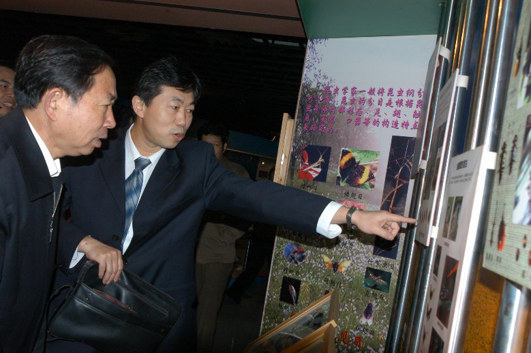
Figure 2: Comrade Yuan Guiren (first from the left), former Minister of Education, visits
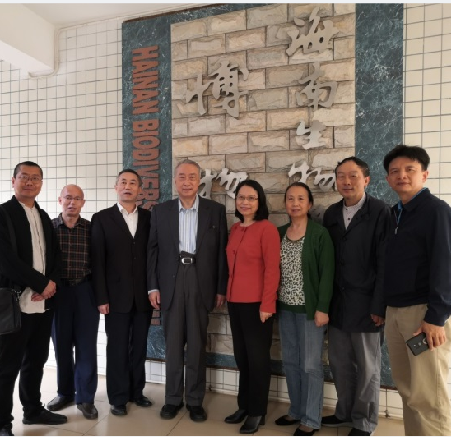
Figure 3: Mr. Zhang Xinsheng (fourth from the left), Chairman of the Council of the International Union for Conservation of Nature, visits
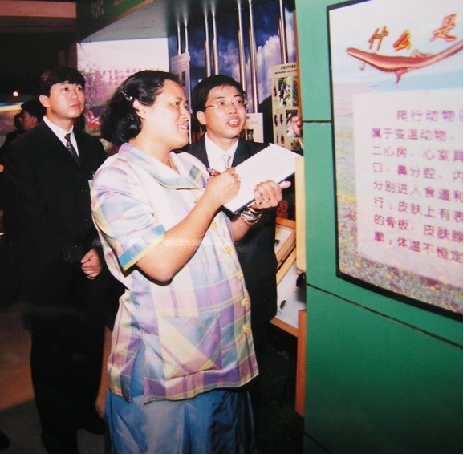
Figure 4 Princess Sirindhorn of Thailand visits
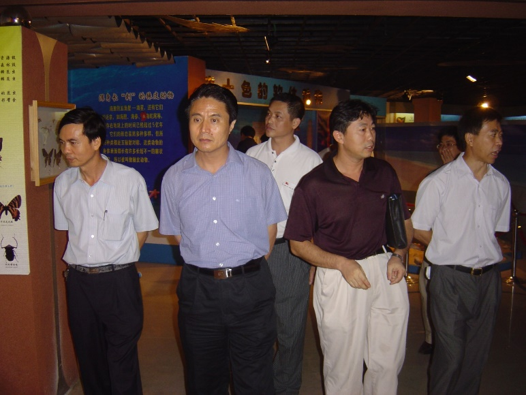
Figure 5: Former Secretary of the Hainan Provincial Party Committee, Luo Baoming, visits
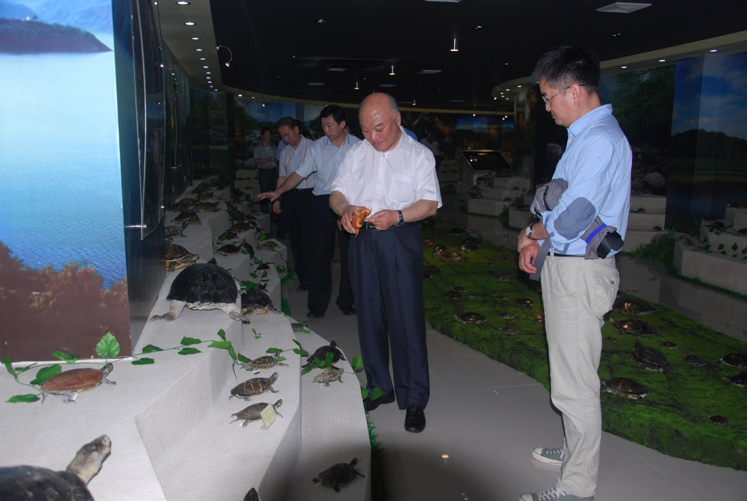
Figure 6 Academician Ma Jianzhang (second from the right)
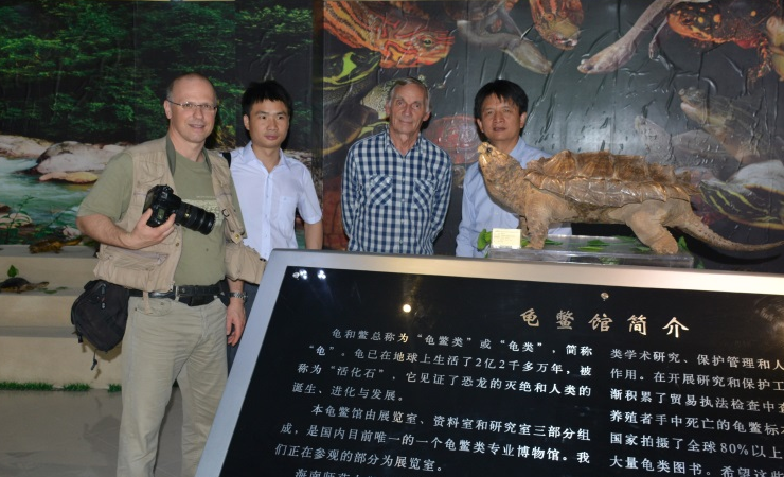
Figure 7: International Turtle and Turtle Research Fellow Franck Bonin (first from the left)
And Bernard Devaux (second from the right)
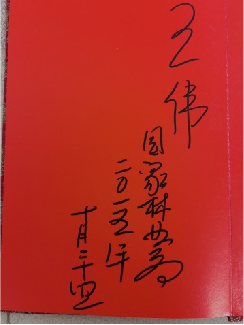
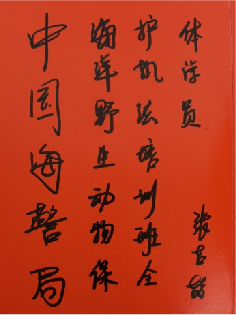
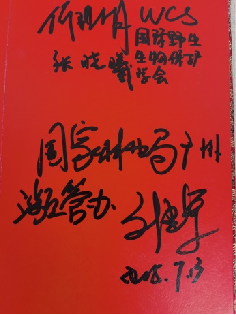
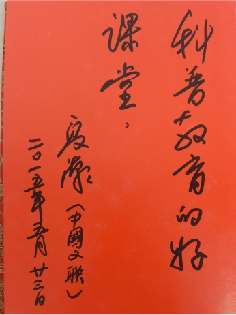
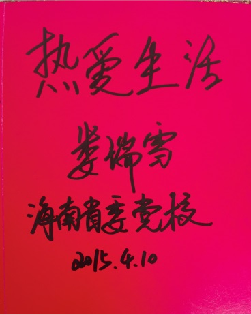
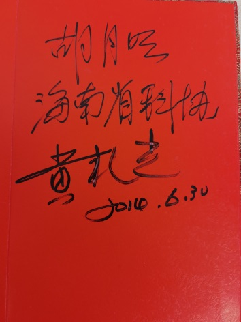

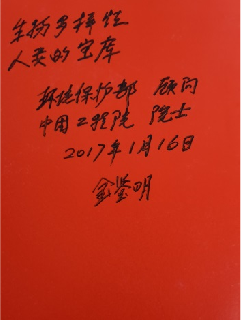
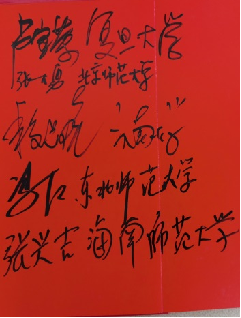
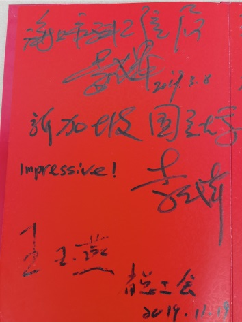
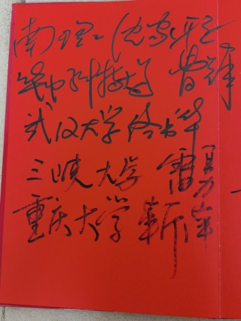
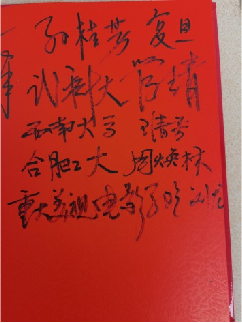

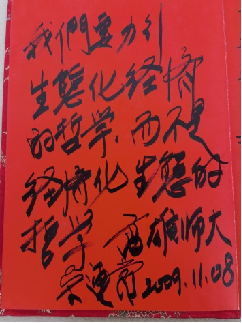

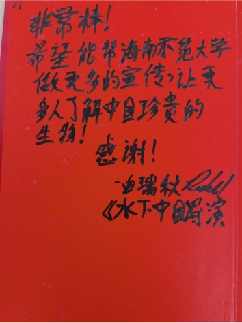

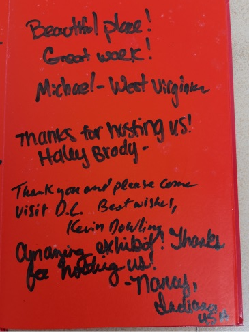

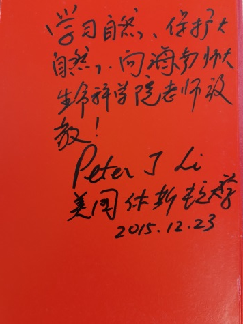
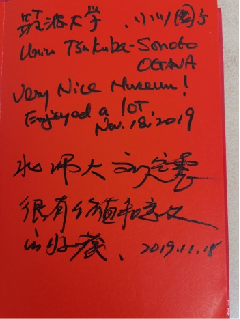
The museum now has more than 9,400 specimens of giant clams; more than 3,000 specimens of insects; more than 300 specimens of amphibians; more than 1,190 specimens of chelonians; more than 1,500 specimens of reptiles; more than 100 specimens of birds; and more than 150 specimens of animals. The specimens in the museum collection will continue to play an important role in the future teaching, scientific research and popularization of science.

Figure 1 Some sea turtle specimens
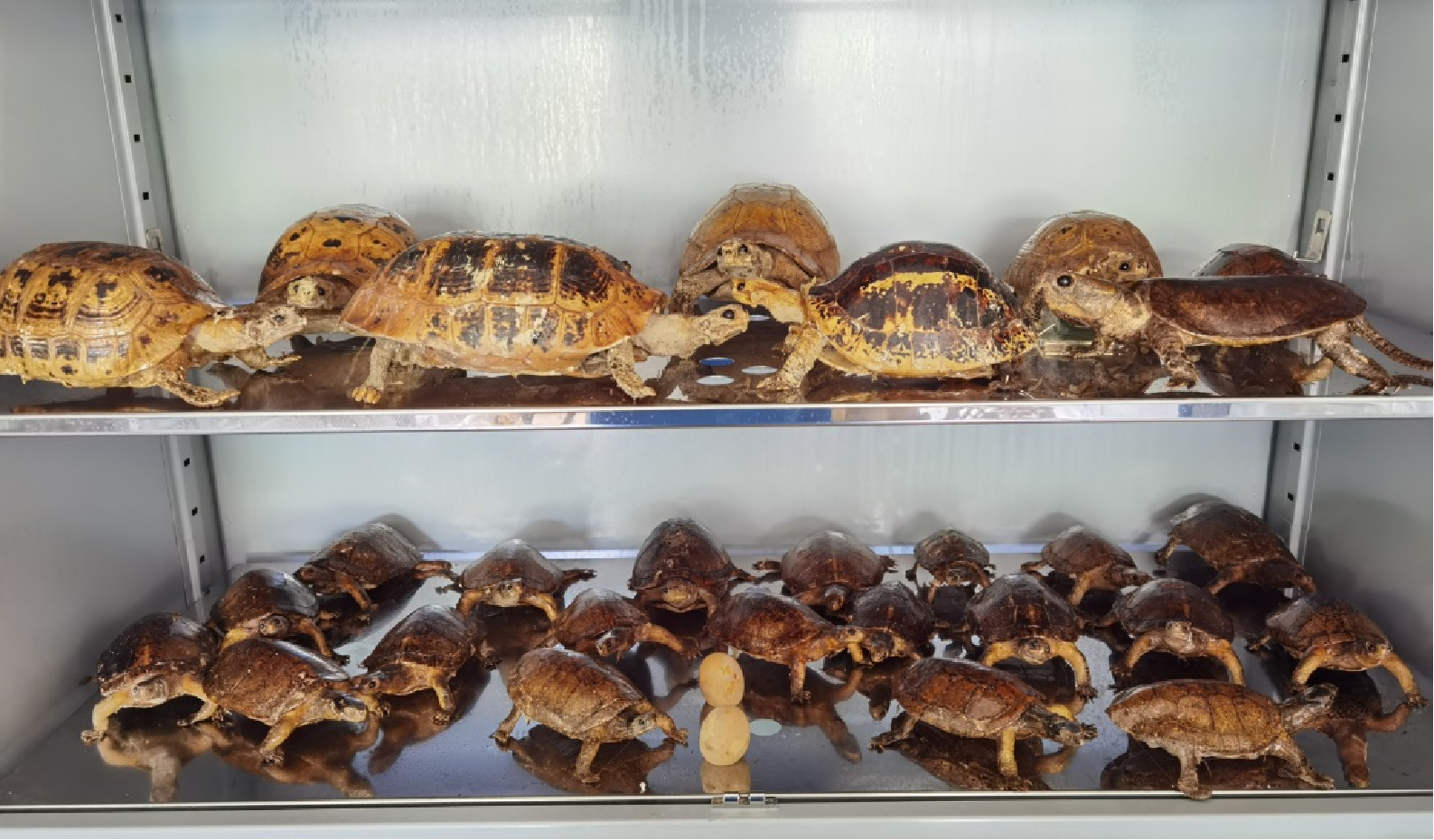
Figure 2 Some freshwater turtle specimens
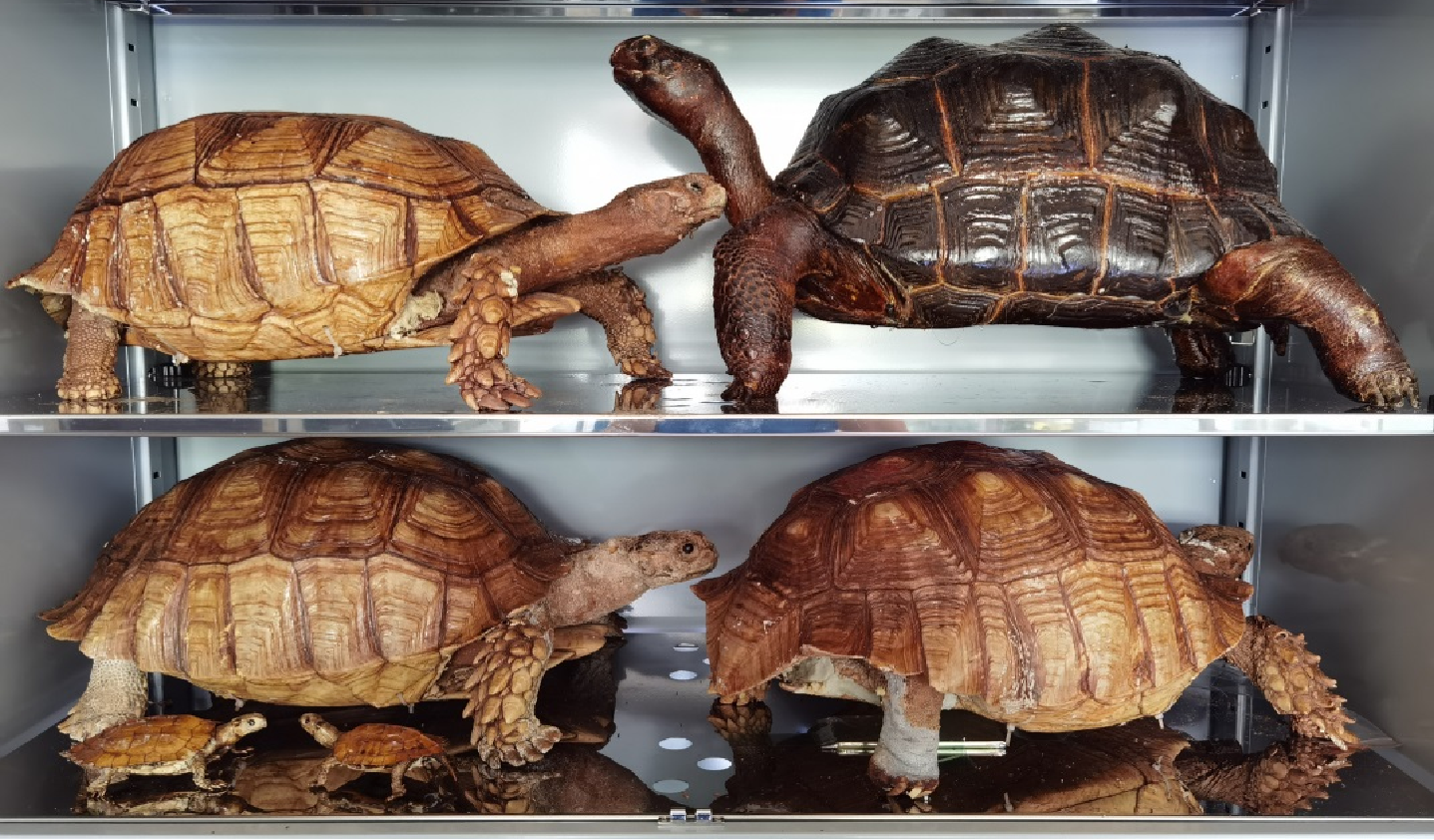
Figure 3 Some specimens of land turtles

 中文
中文 English
English



